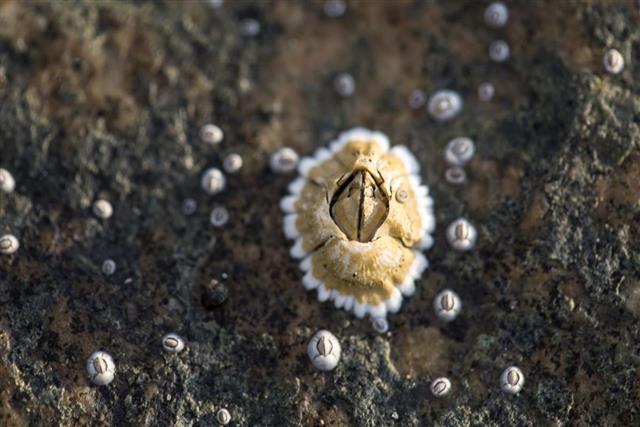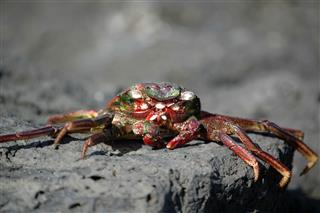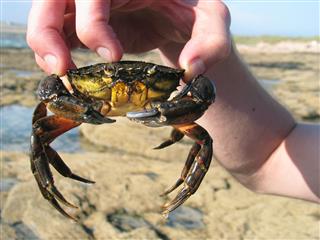
Apart from being a delicious treat to our taste buds, crustaceans are also a very unique creation of nature! Take a look at the characteristics of crustaceans described in this AnimalSake article.
In the animal kingdom, crustaceans belong to the subphylum ‘crustacea’ of the phylum ‘arthropoda’, and form a very large group of aquatic creatures. This group includes creatures like lobsters, crabs, barnacles, shrimp, etc. The reason behind writing this piece of information is that crustaceans have unique characteristics, unlike any other animal group in nature.
About 50,000 species belong to the group of crustaceans in marine biology. Their sizes range from about 0.1 mm to 12.5 ft, with various animals showcasing a number of different characteristics. Most common characteristics of crustaceans are mentioned in the following paragraphs, so read on, and find out interesting facts about them.
General Characteristics
Head and Body
The most distinctive characteristics are observed with respect to the body structures of crustaceans. They have two compound eyes. Each body segment, known as somite, bears a pair of appendages. They all have very well built heads, and the head segment bears two pairs of antennae, the mandibles, and maxillae. The antennae form the first two pairs of the appendages, through which the food, weather temperature, and dangers are detected. After the antennae, the next pair defines the mandibles or jaws, which are used for holding the food and tearing it. The next two pairs are the maxillae used for feeding. The other part of the body is also segmented which comprises the thorax and the abdomen. The thoracic segments bear legs, pereiopods (walking legs) and maxillipeds (feeding legs). The abdomen bears pleopods, and ends in a telson, which contains the anus. Many crustaceans have additional abdomen features, i.e. legs used for swimming or “swimmerets”. They also have the setae, thin whisker projections that extend from the head.
The Exoskeleton
Another very common yet unique one of the crustacean characteristics is the exoskeleton. It covers the entire body of the animal including the head, appendages, thorax, and the abdomen. These animals do not have an internal skeleton. They are covered by a hard and calcified covering, which is made up of limestone, commonly known as chitin. The reason nature has provided these crustaceans with the exoskeleton is because their internal systems are very delicate, and are open immediately below the exoskeleton. They have an open circulatory system (no heart), and a two part nervous system (one ventral nerve and ganglia system). Thus, these delicate inner parts are protected by the exoskeleton. As a soft exoskeleton forms underneath the old hard exoskeleton, the old one is shed. This is known as molting.
Reproduction and Sexuality
Crustaceans follow sexual reproduction, wherein the males and females mate to produce offspring through eggs (oviparous). The eggs are usually carried by the female under her abdomen till they hatch. There they undergo a series of metamorphoses. The two sexes are always distinguished by the swimmerets or pleopods, where the first pair of pleopods in males are meant for sperm transfer. A few crustaceans are also known to be hermaphrodites, where the organism consists of both the male and female reproductive organs, for example, barnacles.
Feeding and Diet
Crustaceans are hunters like most other animals. They catch their prey with the help of their appendages. They hunt for small fish or other aquatic animals. However, the smaller crustaceans are known to be scavengers, as they feed on dead material. These animals use their setae for creating currents in the water, so that their prey doesn’t escape, and ends up into their mouth! Their diet can be smaller animals and sometimes plankton.
You can have crustaceans as pets. They are very interesting creatures found in nature, and studying them can be a real pleasure! Some of these hardy little creatures live several decades with proper care.










